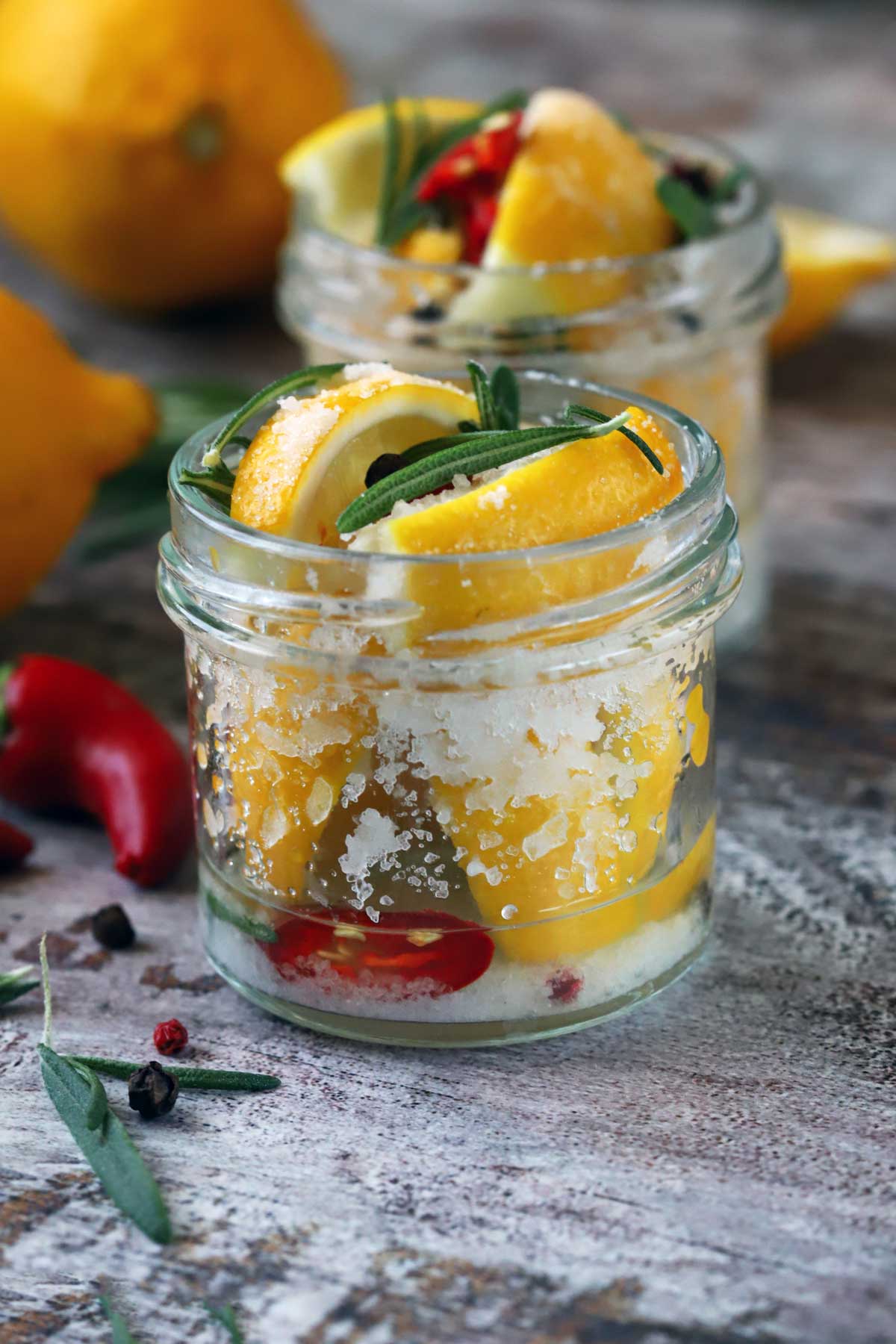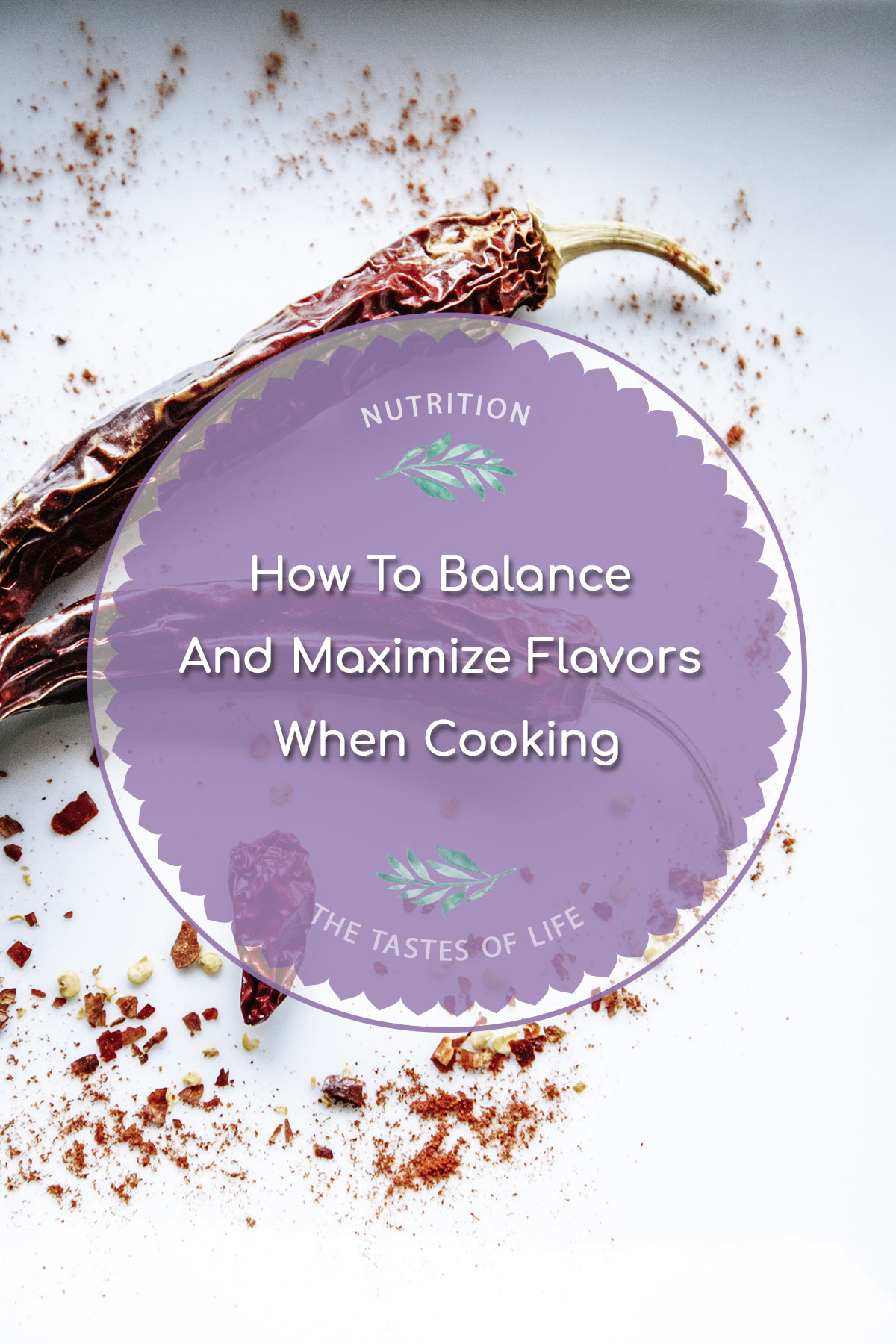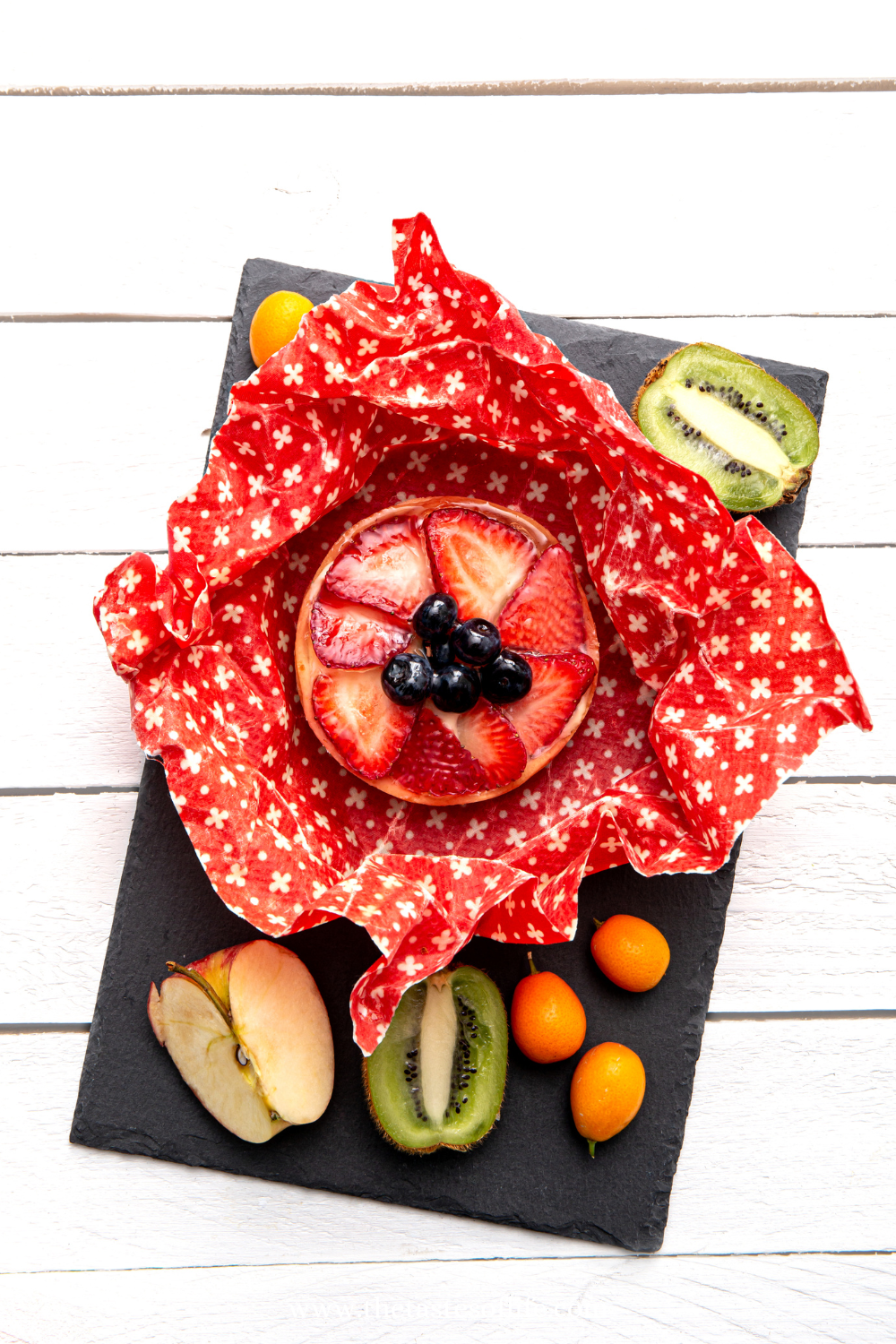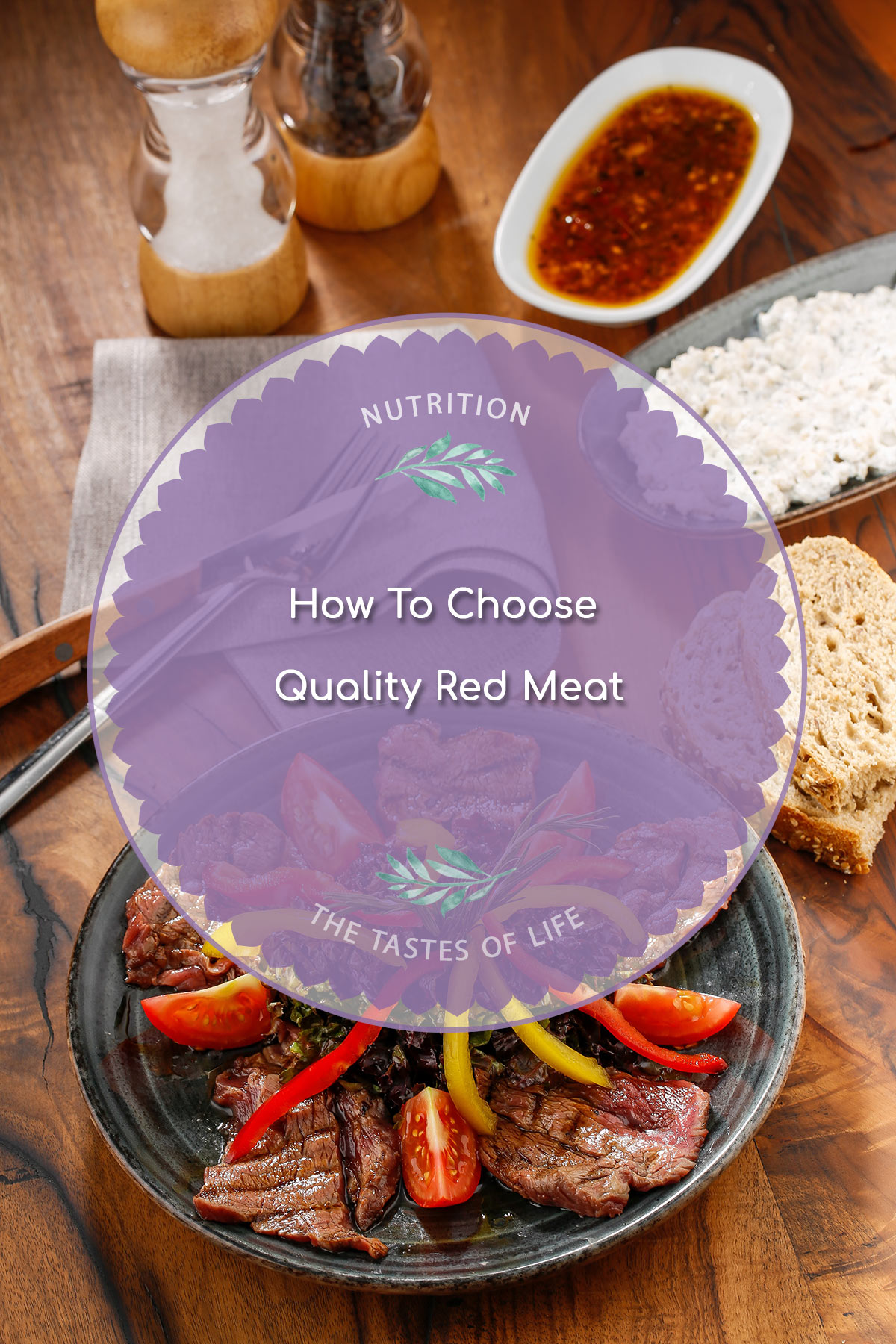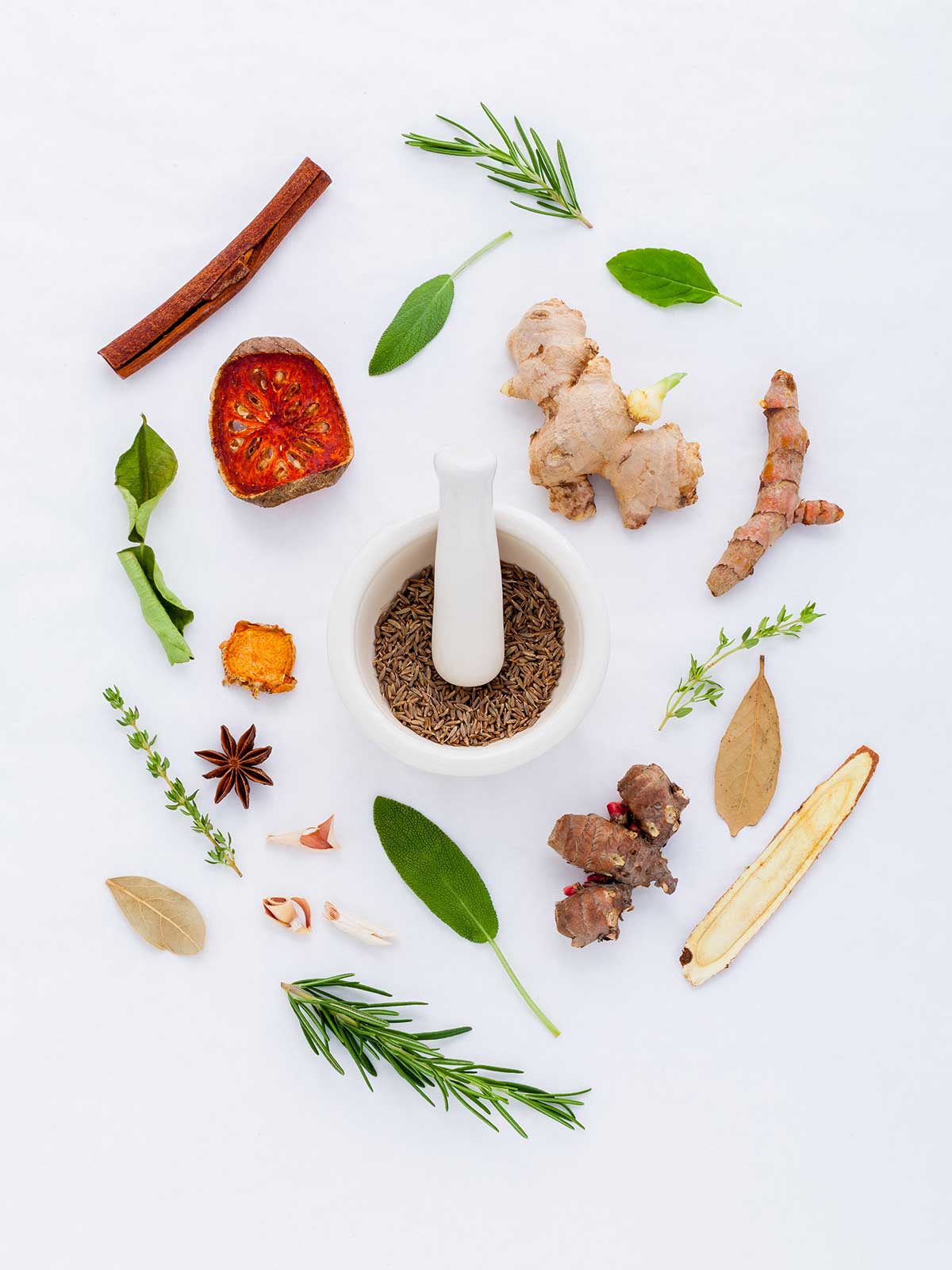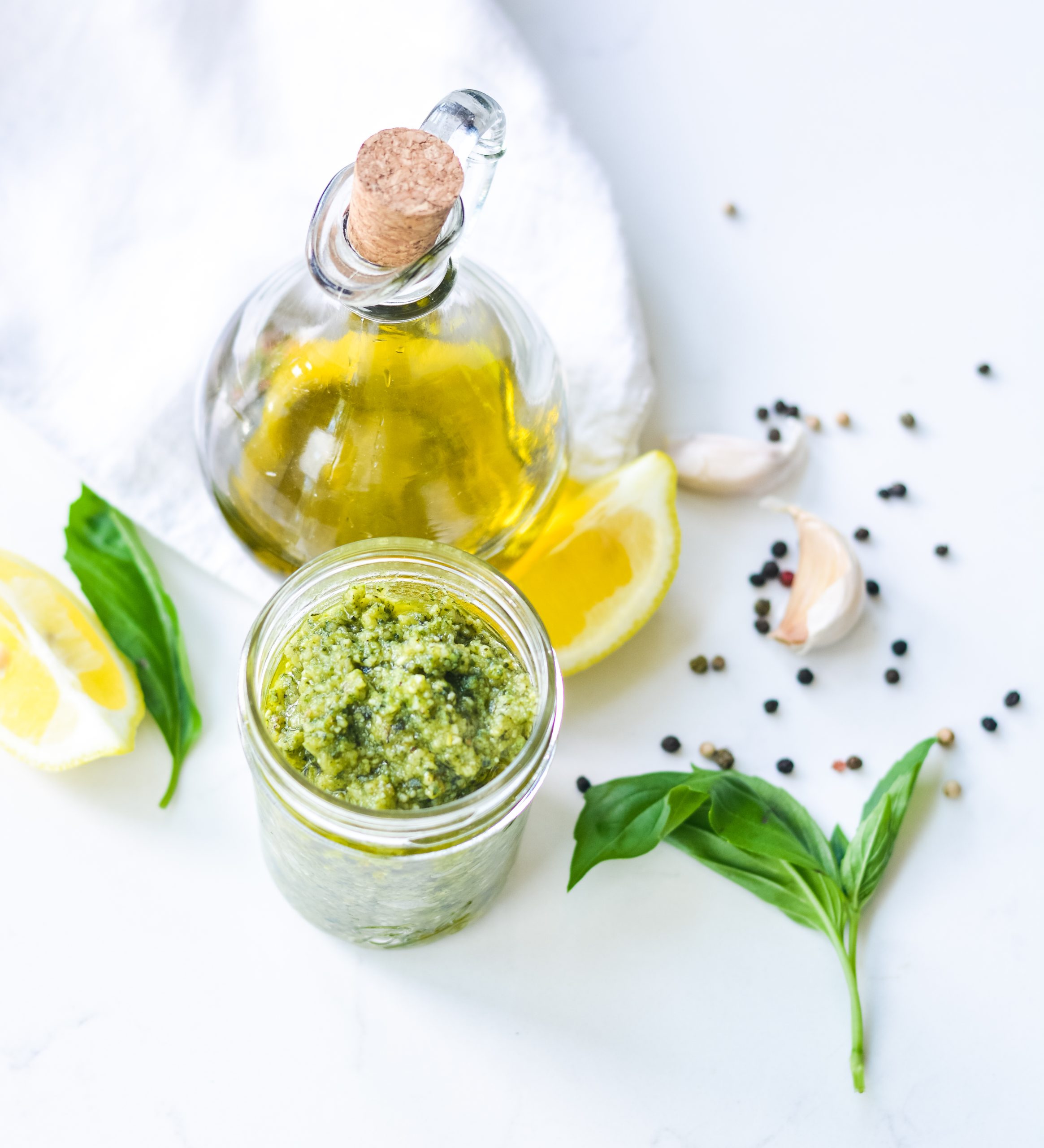Which is Better? Dried or Fresh Herbs for Cooking?
Explore the advantages and disadvantages of using fresh vs dried herbs for cooking. Understand how factors like flavor, shelf-life, and convenience play a role in deciding which option suits your culinary needs.

Which Herbs to Choose for Cooking? Dried or Fresh?
I’m sure you have wondered which herbs, dried vs. fresh, to use while cooking. Whether you are a kitchen wizard or just a beginner, fresh herbs are great chefs’ ultimate “secret” weapon. The color…, the fragrance…the taste….! There is nothing like that! Fresh herbs will add a yum factor to any dish, from salad, omelet, creamy soup, or sauce! A tablespoon of fresh herbs will transform your dish!
I love using fresh herbs in my dishes because they add a beautiful, fresh flavor.
The general rule of thumb is always to use fresh herbs instead of dry herbs for a more flavorful dish. While this is a perfect rule, fresh herbs are not always the best choice when cooking at home.
Some people say that buying them at the grocery store is not always inconvenient and requires proper storage not to spoil quickly. While, as I said, there is nothing quite like wonderfully fresh herbs, there are recipes in which dried herbs can bring their distinctive flavor. In this blog, you will learn the difference between both, when to use them, and discover more about these savory ingredients!
What Are Fresh Herbs?
When deciding which is better, dried or fresh herbs for cooking, fresh herbs always lead. They are flavorful, leafy, fragrant green plants that flavor and garnish food.
Herbs have great nutritional benefits that are amazing for health, such as antioxidants, essential oils, vitamins, and volatile oils. They for sure will add magic to your creations.
With around 100 different herbs worldwide, we can play with them as much as possible and get the most out of them.
Fresh herbs are an excellent addition to your dishes. They will take your recipe to the next level of flavor that can impress anyone. Fresh herbs have a wonderful aroma because of their oils. When you add them at the end of the cooking process or use them to garnish a meal before serving, you will get your dish’s beautiful depth of flavor.
Fresh herbs fall into two categories:
- Hard, woody herbs – they have a stronger flavor with earthy notes.
- Soft, leafy herbs – delicate herbs.
Rosemary and thyme are perfect herbs for cooking because they taste best when cooked into meals, adding lots of flavor to them. Soft herbs like parsley, cilantro, or basil have a lighter flavor, and you can enjoy them raw in drinks, salad, or stir-fry. Fresh herbs are easy to grow even when you live in an apartment!
Soft, leafy herbs:
- Cilantro: Cilantro is an herb from the fresh leaves of the coriander plant (the dry seeds of the plant). It is citrusy, aromatic, bright, and a little peppery flavor. It has been used in Mexican, Asian, Middle Eastern, and Indian cuisine.
- Parsley: Parsley is widely used in European, American and Middle Eastern cuisine. There are two kinds of parsley: flat-leaf parsley and French curly-leaf parsley. Parsley has a mild, fresh, peppery taste with a touch of earthiness. Fresh parsley is a great all-rounder in the kitchen and a solid staple because it’s affordable. You can add it to many dishes, such as soups, stews, and sauces.
- Basil: Basil is a very tender herb, and it is known for its distinctly refreshing aroma and sweet flavor. It’s used in cuisines worldwide, such as Mediterranean, Italian, and Asian cuisines. You can use it when making sauces (like pesto) for salad, dressing, tonics, and stir-fries.
- Mint: Highly aromatic herb produced by various species of the mint plant. Native to Medditaren and used in a variety of dishes, from savory sauces refreshing drinks, and baked treats.
- Tarragon: Tarragon is highly aromatic and pungent, with a subtle licorice flavor. A staple in French cooking is used for fish, chicken, dressings, and sauces.
Woody, hardy herbs:
- Thyme: Thyme is a beautifully fragrant herb with slight citrusy and floral notes. It comes from the Mediterranean, and it is used in many different cuisines around the world. It should be a staple in everybody’s kitchen because it gives the dish a wonderful, deep flavor.
- Rosemary: Rosemary is a beautifully aromatic herb native to the Mediterranean. Rosemary is a small evergreen plant of the mint family. Its potent flavors make it a great addition to roasted vegetables, roast chicken, bread, stews, and cocktails.
- Oregano: Belongs to the mint family, and it is native to Mediatteans. Oregano is a well-loved cooking herb that is wildly used worldwide. Oregano is earthy yet bright, with slight peppery notes. Perfect for meats and soups or fruit salads.
- Sage: Sage has a powerful aroma and an earthy flavor that softens during cooking. This herb enhances flavors in sauces, roasted vegetables, meats, and Thanksgiving stuffing.
The woodier herbs have a strong flavor and do very well when dried.
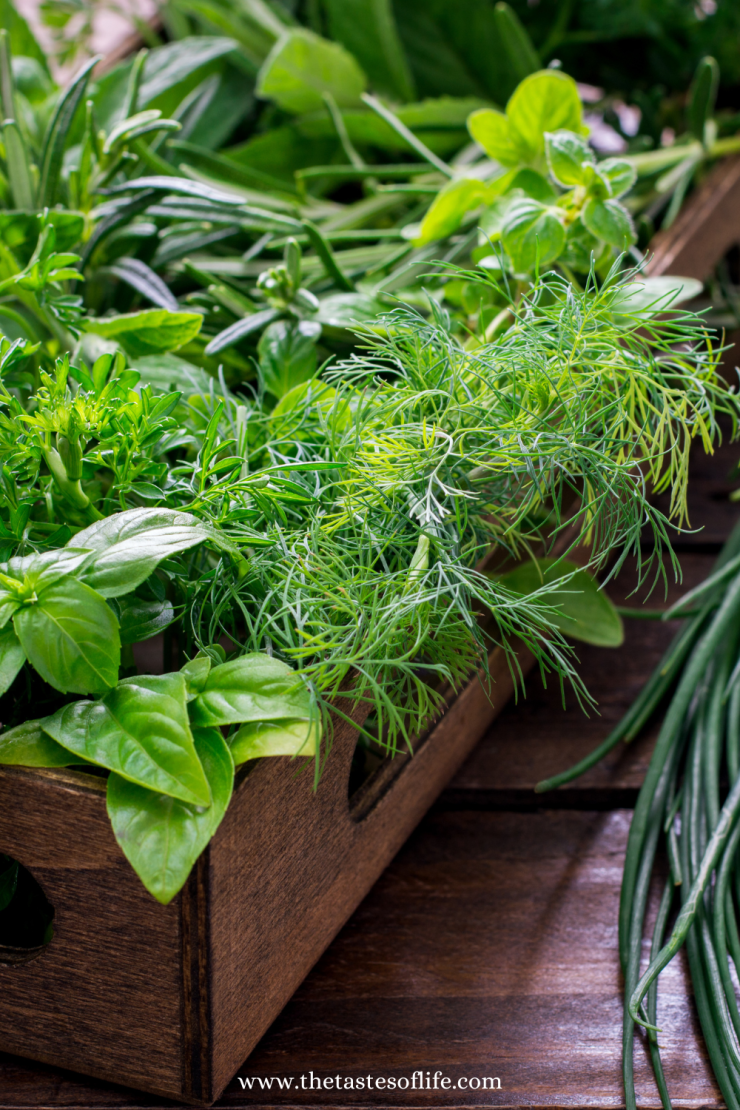
When to Use Fresh Herbs
- Fresh herbs are very versatile and can be used in just about anything! It is best to use fresh herbs when making fresh, raw dishes like summer cold soups, smoothies, salads, or ceviche. Soft herbs have delicate, light, and refreshing flavors, and it is best to use them in their raw form.
- When utilizing fresh herbs in cooked meals, you can use both woody and fresh herbs. Hard herbs have a more robust flavor and do best when added to a heated recipe. The heat lets their flavors mix without becoming overbearing.
- Use fresh herbs at the end of cooking.
What Are Dried Herbs?
Dried herbs have been purposely dried to preserve their flavor and have a longer shelf life herb that will last longer. Herbs that have been dried have a more robust flavor, which means that you can use less of them to achieve the same outcome. If dried herbs are lacking in flavor, it probably means that they are old (they lose their flavor and potency over time).
When to Use Dried Herbs For Cooking
The rule of thumb is to use dried herbs when cooking a dish on the stovetop. Dried herbs tend to have fewer oils, and that is why it is best to use them in longer cooking dishes to release their flavor.
When adding dried herbs to a recipe, it’s best to add them during cooking. This will allow time for their flavor to infuse into the entire meal. Their flavor won’t be as potent if you add dried herbs later. My favorite dried herbs include:
- Rosemary
- Bay leaf
- Fennel seeds
- Sage
- Marjoram
- Oregano
- Thyme
Store dried herbs in a dark and dry place at room temperature for up to 6 -9 months. Over time, dried herbs lose their potency.
Tip
It is best to buy herbs from seeds in the seed form (whole, not ground) and grind them in a mortar pestle or a coffee grinder dedicated to spices. This way, the herb will have a better potency and keep longer. Store them in a dark place to prevent oxidation and flavor loss.

Substituting Dried and Fresh Herbs
Some fresh herbs you can substitute with dried herbs, but it is not my preference. Simply because they just don’t retain the same flavor. Herbs like parsley, basil, dill, and parsley change or lose flavor when dried. Dried dill and parsley lose all of the beautiful, fresh flavors that make them worthwhile as an herb. Basil, when dried, tastes more like mint, a flavor that won’t compliment your Italian dishes very well. For a deeper, longer-lasting flavor, go for dried rosemary, oregano, bay leaf, or thyme.
When swapping fresh herbs for dried herbs, you should use ⅓ of the amount of dried herbs called for in the recipe. For instance, if a recipe calls for 1 tablespoon of fresh sage, then you would add 1 teaspoon of dried sage. The same rule replies in reverse when swapping fresh herbs for dried herbs. Do not substitute fresh herbs with dried herbs in In raw and uncooked recipes. Your dish will taste dusty and sandy.
Hope that now you better understand the difference between fresh herbs vs. dried herbs and got inspired to hit the kitchen and experiment!
What Herbs Should Not Be Dried?
While many herbs can be dried successfully for culinary or medicinal use, some are better suited for other preservation methods or lose their flavor and aroma when dried. Here are a few herbs that are generally not recommended to be dried due to various reasons:
- Basil: Basil tends to lose its flavor and vibrant green color when dried. It’s best used fresh or preserved through methods like freezing in oil or making pesto.
- Chives: Chives can become limp and lose their delicate flavor when dried. They are better used fresh or frozen.
- Parsley: Similar to basil, parsley can lose its flavor and vibrancy when dried. It’s often better to use fresh parsley or freeze it for later use.
- Cilantro (Coriander leaves): Cilantro can lose its flavor and vibrant color when dried. It’s best used fresh or preserved in other ways like freezing.
- Dill: Dill loses much of its flavor when dried. It’s commonly used fresh or preserved through freezing.
- Tarragon: Drying can cause tarragon to lose much of its flavor. It’s often preferred fresh or preserved through freezing.
- Mint: While mint can be dried, it may lose some of its potency and freshness. It’s often better used fresh or preserved through other methods like freezing.
While these herbs may not be ideal for drying, you can explore various other preservation methods, such as freezing, making herb-infused oils or vinegar, salad dressings, or even using them to flavor butter or salt.
My favorite herbs are fresh basil, cilantro leaves, fresh thyme, and rosemary. I also love fresh mint in the summer. I put it in my water and drink it!
What is your favorite herb to use in your cooking? Let us know what you love about it in the comment below!
Recipes with Fresh Herbs
Easy Caribbean Style Sweet Potato Stew
Yum
